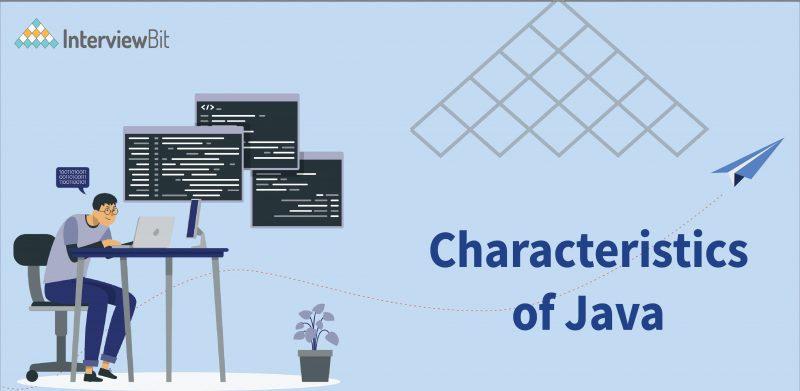Ever since it has been introduced, Java has been the talk of the town. Its predecessor C++ (which is also an object-oriented programming language) had some drawbacks. Java came as an apt replacement for C++. Java’s endurance is amazing considering the fact that the latest technologies replace the old ones at a tremendous rate; more than two decades after its creation, Java is still the most popular language for application software development. At the moment, Java is one of the most widely used programming languages. It is so powerful that you can do almost anything with it, from simple applications to web servers. This makes the Java programming language a viable option for all types of developers, regardless of the type of work they prefer to do.
Sun Microsystems released Java in 1995, which is a cross-platform object-oriented programming language. It is an object-oriented programming language that powers modern apps and websites. It is simple to use and removes many of C++’s complexities, such as the use of pointers and multiple inheritance. Many of its rules and syntaxes are similar to those of C and C++ programming languages. Java applications are usually compiled to bytecode, which can execute on any Java virtual machine (JVM), regardless of the computer architecture. The portability of Java-based software (which means that you can write your code in a system and run it anywhere) is one of the most important characteristics of Java. Java also provides runtime dynamic capabilities like runtime code modification and garbage collection. Java comes with various features, which make it a powerful language. In this article, we are going to discuss these Java features in detail.
Characteristics of Java
Java is simple
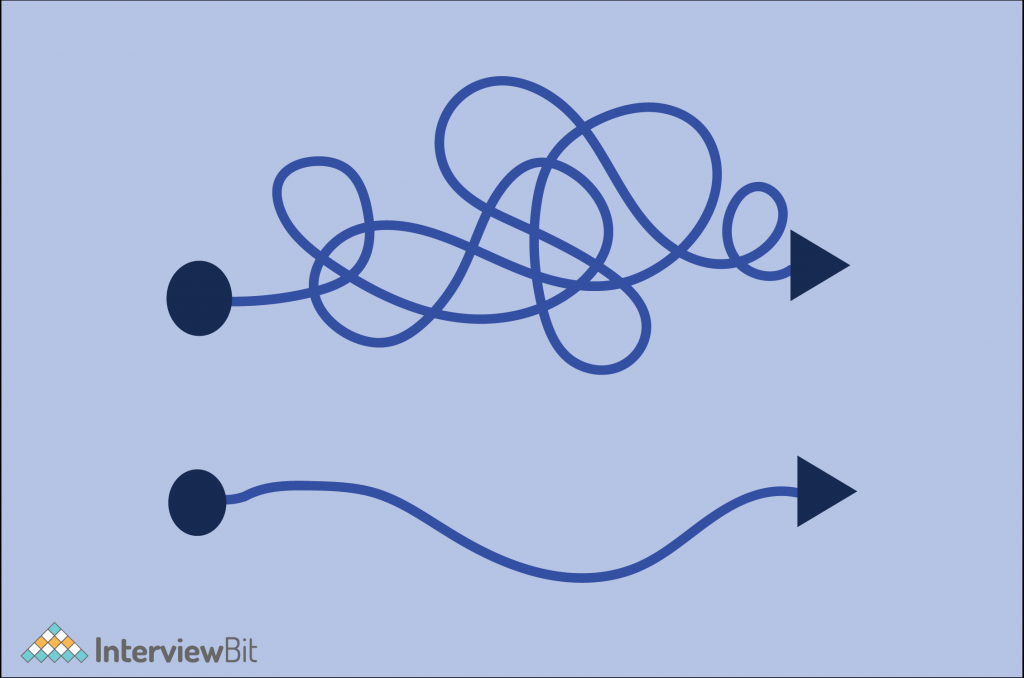
Don’t get me wrong here! Java is not a cakewalk, but its syntax is simple and easy to understand. It derives many of its syntaxes from C and C++ programming languages, so if you know any of these languages, Java will be easy for you. Java has done away with many complicated and lesser-used features like pointers, operator overloading, etc. Moreover, an Automatic garbage collector removes unused and memory-consuming object instances, without having to do that manually.
Confused about your next job?
Object-Oriented
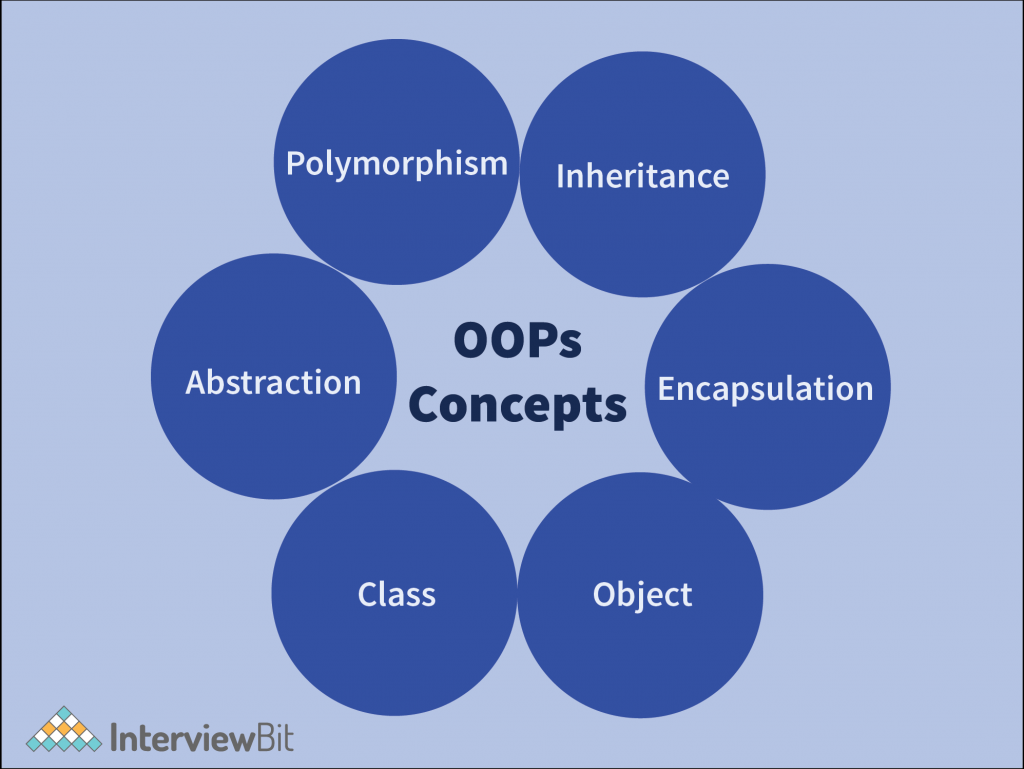
Java is an object-oriented programming language. Object-oriented programming (OOP) is a programming paradigm that organizes software design around data, rather than functions and logic. An object is a data field with its own set of properties and behavior. For example, a student class can have variables like Name, Class, Roll Number, Father’s Name, Marks, and methods to store and retrieve these values.
Object-oriented programming (OOP) focuses on the objects that developers desire to handle, rather than the logic that is required to manipulate them. This kind of programming is ideally suited to big, complicated, and frequently updated or maintained projects. This encompasses manufacturing and design software, as well as mobile applications; for example, OOP may be used to simulate manufacturing systems. The basic concepts of OOPs are:
- Object
- Class
- Inheritance
- Polymorphism
- Abstraction
- Encapsulation
Platform Independent
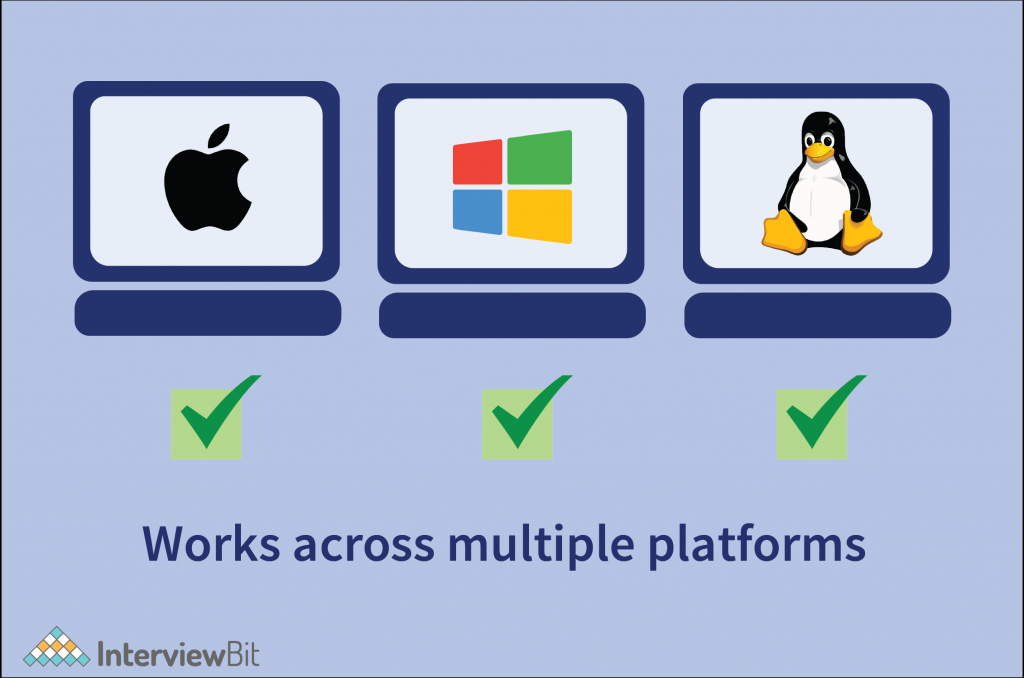
Java code can run on multiple platforms, including Windows, Linux, macOS, and others. The compiler compiles Java code and converts it to byte code. Because it can operate on different systems, this byte code is platform-independent, i.e. Write Once, Run Anywhere (WORA).
Secure
Java is used in a networked and distributed environment. The following features make Java a secure language:
- No use of explicit pointers
- Java Program runs inside a virtual sandbox (Java Virtual Machine or JVM).
- Classloader: The Java Runtime Environment (JRE) includes a classloader that is used to dynamically load Java classes into the Java Virtual Machine. It improves security by isolating the package for local file system classes from those imported from network sources.
- Byte code verifier
- Security Manager: It determines the resources a class has access to, such as reading and writing to the local disc.
Robust
The term “robust” means strong. But in a programmer’s dictionary, it means reliable. There is no programming language that can guarantee total dependability. Because Java compilers can discover many flaws that would show up at execution time in other languages, Java places a high value on early error checking. Certain types of error-prone programming constructs common in other languages have been removed in Java. It does not, for example, support pointers, which eliminates the risk of overwriting memory and damaging data. To provide programming support for resilience, Java has a runtime exception-handling mechanism. Java forces the programmer to develop exception-handling code. Java can detect and respond to unusual circumstances, allowing the application to continue running normally while elegantly terminating when a runtime fault arises.
Architectural Neutral
Because there are no implementation-dependent aspects in Java, such as the size of primitive types, it is architecture-neutral. In C programming, the int data type takes up two bytes in 32-bit architecture and four bytes in 64-bit architecture. In Java, however, it takes up 4 bytes of memory on both 32-bit and 64-bit architectures, which provides liberty to the developer for byte overflow or slicing.
Portable
Java programs are portable because they are architecture-independent. They don’t need to be re-compiled to run on any platform. Java programs can be converted into byte code, which can be easily carried.
Performance

Java’s performance and efficiency are remarkable since byte codes are very close to machine code. However, it is still slower than languages like C++ which are compiled. The fundamental reason is that Java applications, unlike C and C++ programs, run on a Java virtual machine (JVM) after compiling rather than directly on the computer’s CPU as native code.
The performance of a Java bytecode compiled Java program is determined by how well the host Java virtual machine (JVM) manages its given tasks and how well the JVM utilizes the computer hardware and operating system (OS) in doing so. For most interactive applications, where the CPU is frequently idle waiting for input or data from other sources, its speed is more than enough.
Distributed
Distributed computing involves the collaboration of multiple computers over a network. Java was created with the goal of making distributed computing simple. Because networking is inherent in Java, developing network programs is as simple as sending and receiving data to and from a file. Java also has rich features to develop microservices (is an architectural approach in which an application is structured as a collection of small services) in distributed systems.
Multithreaded
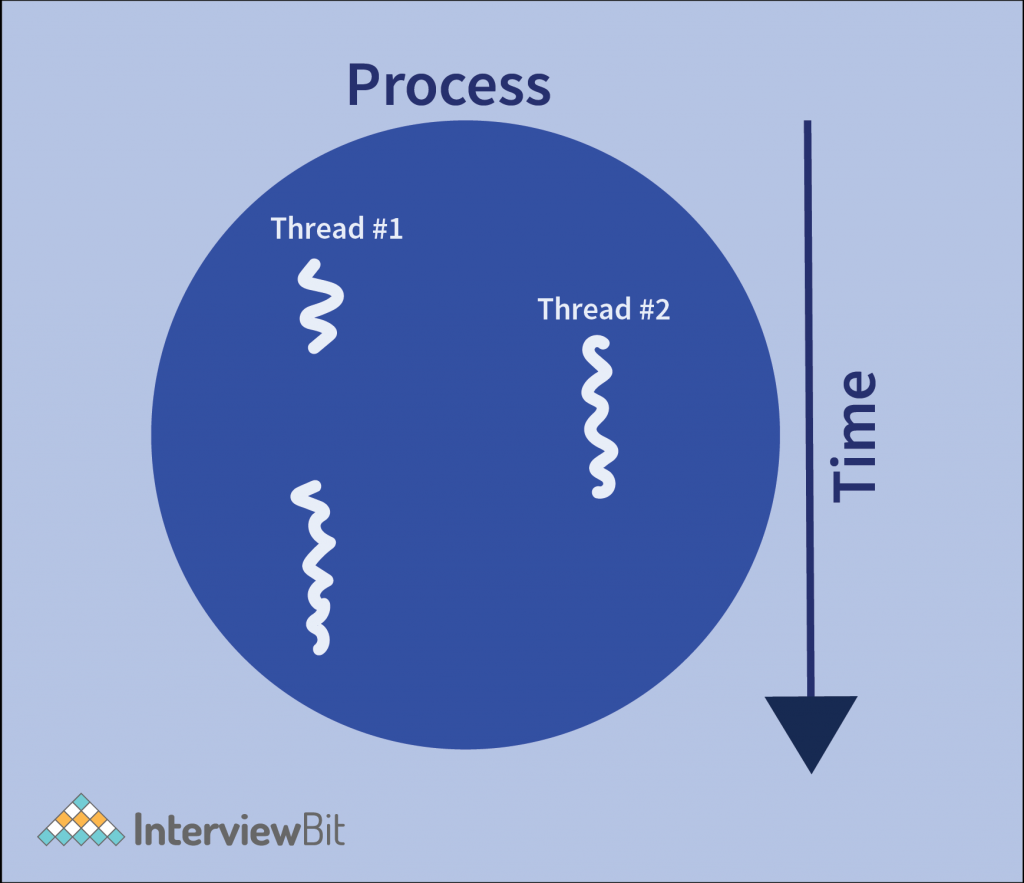
Multi-threading is a Java feature that facilitates the execution of two or more parts of a program at the same time to maximize CPU efficiency. A thread is a component of such a program. Threads are hence lightweight processes within processes. For example, while surfing the web, a user can listen to an audio recording. A server can serve many clients at the same time in network programming. Similarly, there are a lot of things going on in GUI programming at the same time. These simultaneous processes can be implemented in Java through multi-threading.
Java is dynamic
Because of bytecode, Java is considered dynamic. The source code that is written on one platform can be run on any other platform. It only loads the class file at runtime. As a result, anything that occurs during runtime is dynamic. Java also allows for dynamic compilation and memory management (garbage collection).
Conclusion
So, here is a list of all of Java’s advantages. Java is the most powerful and widely used programming language currently accessible, with a wide range of applications. Java is a programming language that may be used on mobile phones, in huge enterprise systems, and even in small projects. Games, media apps, and browsers can all be made with it. Although it is unclear what the future holds for java or which technology will finally come to dominate the world of application development, one thing is certain: java will continue to be a popular programming language for years to come.
Frequently Asked Questions
Q: What are the advantages of java?
A: Some advantages of Java are as follows:
- It is simple.
- It is object-oriented
- It is platform-independent.
- Furthermore, it is secure
- It supports multi-threading.
Q: What is the purpose of knowing the characteristics of Java programming?
A: The purpose of knowing is applying. If you know what are the characteristics of Java, you will be able to use the language to its full potential, the way it was designed to be used.
Q: What are the applications of Java?
A: There are numerous applications of Java, some of them being:
- Mobile applications
- Web-based applications
- GUI applications
- Gaming
- Distributed Systems
- Big Data technologies
- Software development







 Join WhatsApp Group
Join WhatsApp Group
